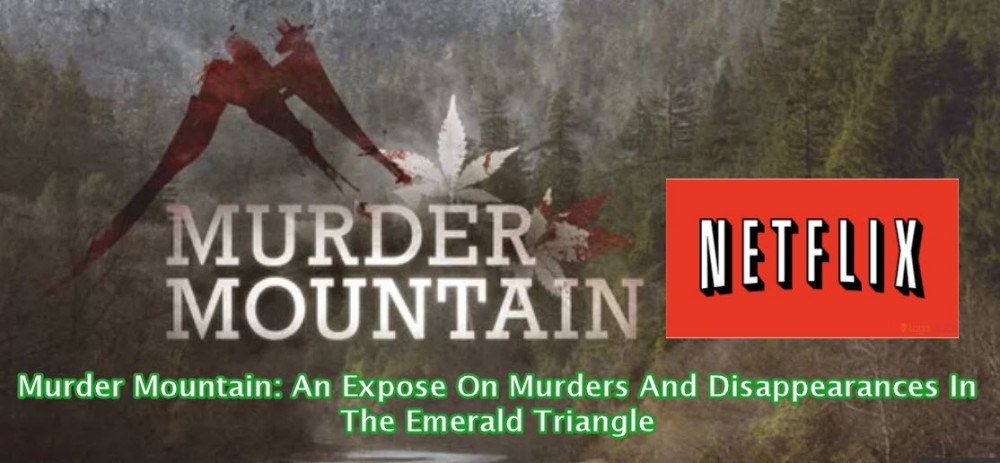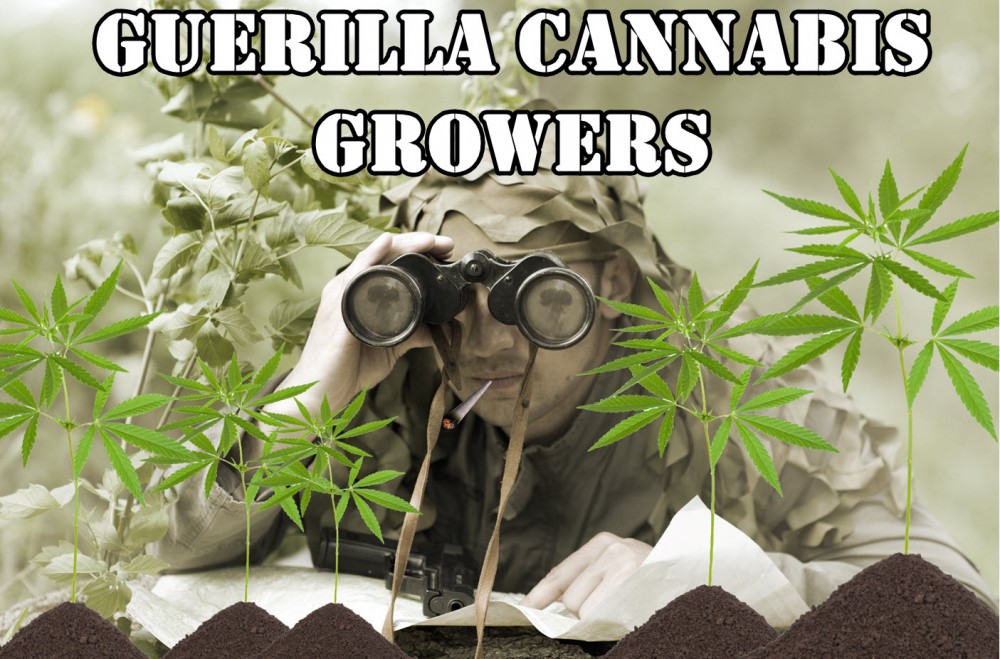What It's Really Like Working On An Illegal Cannabis Grow

Boom. It’s what's happened with the cannabis industry. Since the pioneers of California first sought to make the use of medical cannabis legal over twenty years ago, the frontier of the industry has seen a sweeping change. 10 states along with the District of Columbia have the herb fully legal for recreational use, with 22 states supporting its medical use. With states like California, Washington and Colorado banking over 1 billion each from cannabis tax sales, it’s safe to say that the landscape has come a long way from the days of lonely stoners sitting in their parents basements amongst plumes of smoke and philosophizing on the great things of life, like if pot will ever be made legal. (We never thought it would.)
But it has. It is. Much to the chagrin of big pharma, big alcohol and bible-doting mothers who teach their children to pass on the grass, it’s here and it’s here to stay.
It's hard to drive through any town nestled along the West Coast without seeing signs advertising some dispensary. Currently, in Oregon as of February 22nd, 2019 there are 525 active licenses to sell recreational marijuana. States that have allowed it’s recreational use have also seen an influx of weed tourism, from both citizens and international travelers alike all curious to experience the plant and not feel like criminals in the action.
Recently, I was making my way up the West Coast, backpacking and finding respite of some of San Diego’s famous jaunts. The Gaslamp Quarter and Ocean Beach to be specific. After speaking with a fellow from the UK who had come to San Diego “only to drink craft beer and smoke craft pot,” I realized that there was a serious misconception, (at least from my experience), about what goes on within the bowels of a cannabis grow. I know this because after I showed him some photos of the trees I had been able to work with during the last season’s harvest, he began asking me if there were guards with sub-machines guns walking around to protect the crop and without waiting for my answer he also wondered what they’d do if they caught someone trying to run off with a few full duffels.
He looked almost disappointed when I informed him that this was not at all what I had experienced. There were no roving patrols of menacing men with angry looking dogs on short leashes looking to punish any person pilfering the product, or video cameras posted high to watch our every move. Quite contrary actually. I had stumbled upon the place quite by accident, a piece of land far-from-anywhere Oregon, location undisclosed. The owner had a large acreage backed up into National Forest and multiple projects dotting the land to turn it into his own little sanctuary. We had built several outhouses, completely by hand. Cut the trees one by one and stripped the bark ourselves. We had to make these extra accommodations for the trimmers that would be coming in for the season. There was a cobb house, to be used mainly as a dark retreat center being erected on top of the hill. Many travelers from all over the world had come to help build it. A family of goats lived in the bottom of the valley, protected by Foxy the llama. Moona and Koa were two brutes of things, Rhodesian Ridgebacks that were acquired to be guard dogs, but only for the livestock and against the threat of cougar. Duck and Ducky were rather loud, they would waddle and quack all the way down to the brook that split the property in two. It was on the far side of that, across from the yurt I shared with two other people, a young dread-headed couple, that the grow was located.
A young couple, I’ll call them Alex and Chris for sake of anonymity, oversaw the grow and were hoping for 600-lbs. Out of the five strains that made up the garden: Blueberry Cheesequake, Royal Blue Sour Diesel, Pineapple Crush, Skywalker OG and Durban Diesel. It was the Skywalker OG that held the most promise. Great big trees of deep green sporting purple-spotted buds as thick as my arms that grew plump and swollen, tall and sticky with hash. They were all housed in square cages of mesh, topped by nets and set in long lines, separated by rows of produce: kale, cherry tomatoes, carrots.
Chad, Misha and myself were part of the harvest crew. We’d big leaf all day. Alex and Chris would make the cut, each tree harvested in sections of three. The process of removing the biggest juiciest, leaves was to help them dry quicker. We’d place them, standing up and side by side in blue 30-gallon storage totes, transport them in the back of a little 96 Toyota Tacoma and sputter to the other side of the brook, hang them upside down in the drying room for anywhere between 7 and 10 days. After the curing they’d be sent up to the trimmers. A collection of the international traveler sort who liked to work in furious bouts, then spend the next 8 or 9 months of the year adventuring. They’d trim for anywhere in between 10-15 hours a day, earning 125$ for every pound trimmed. Sometimes after harvesting I’d jump in and help. I wasn’t quick and barely scraped 1-lb on my strongest day, but to be honest I probably would have done it for free if nothing else just to collect the finger hash.
There were no sub-machine guns looking over us or strongarm tactics to fear. No one was going to steal anyway. We were all like one big family. There was no need to steal. We could smoke as much as we wanted. I’d often start the day with coffee and 7-gram doobs. Many times after work, bottles of wine would be passed around just as frequently as the guitar, joints blinking under a clear Oregon night.
I think he thought I was a liar and that I had made the whole thing up, but there it is. That's the truth. That's what it's like working on an undercover grow, one of the most rewarding jobs I’ve ever had the pleasure of experiencing.
OTHER STORIES YOU MAY ENJOY...
MURDER MOUNTAIN AND ILLEGAL GROWS BY NETFLIX, CLICK HERE.
OR..
WHAT CAN WE DO ABOUT ILLEGAL CANNABIS GROWS? CLICK HERE.








